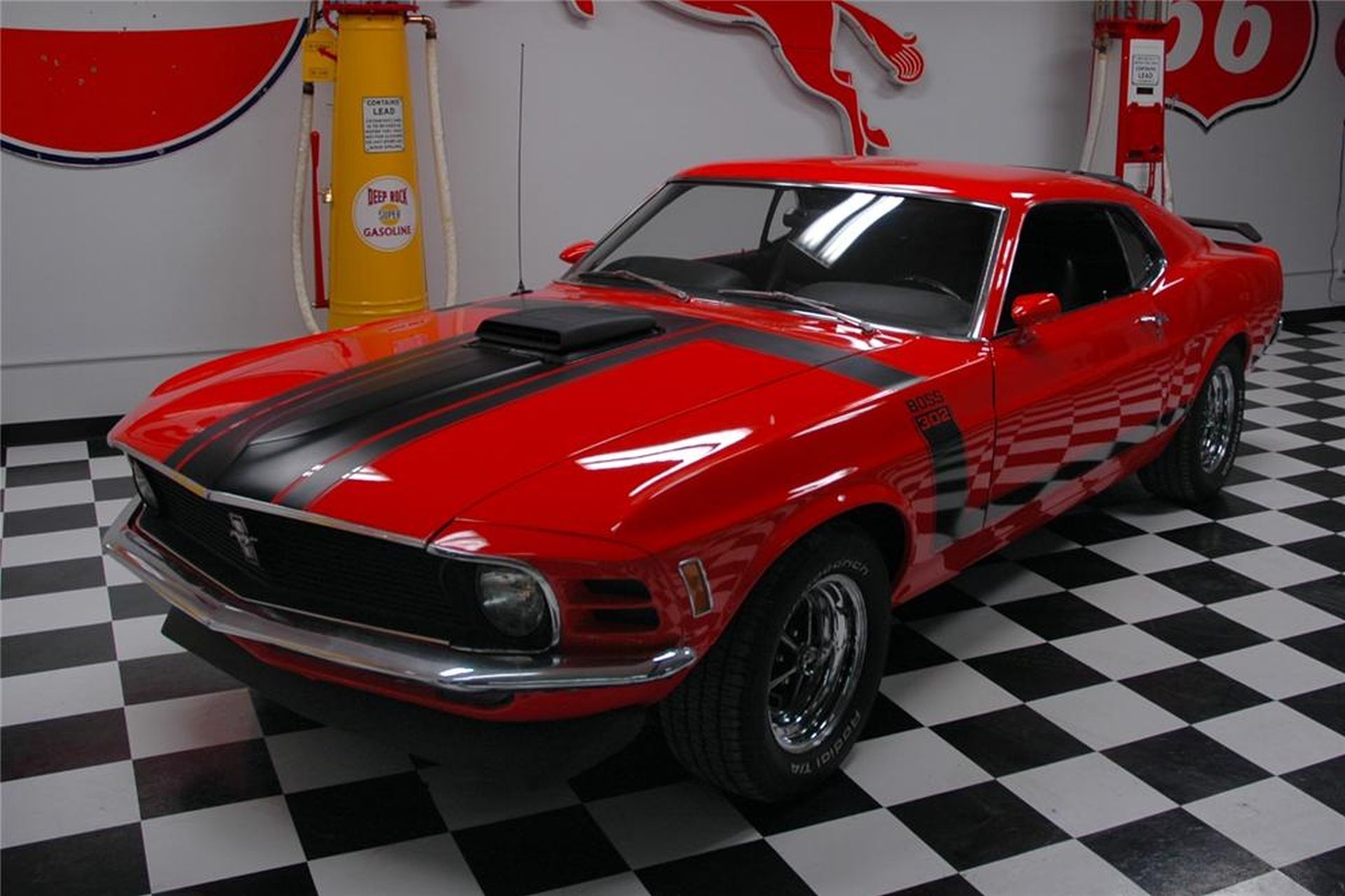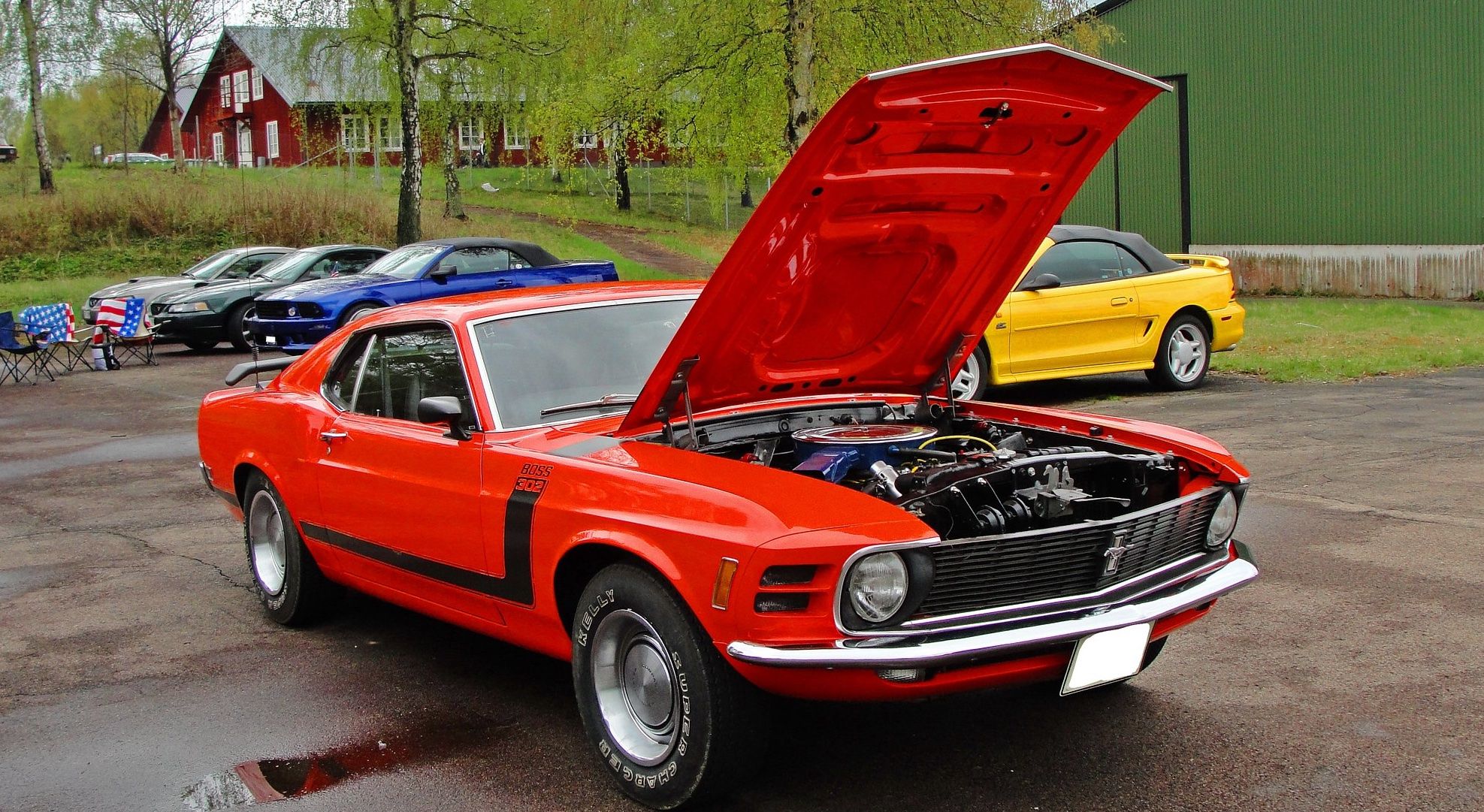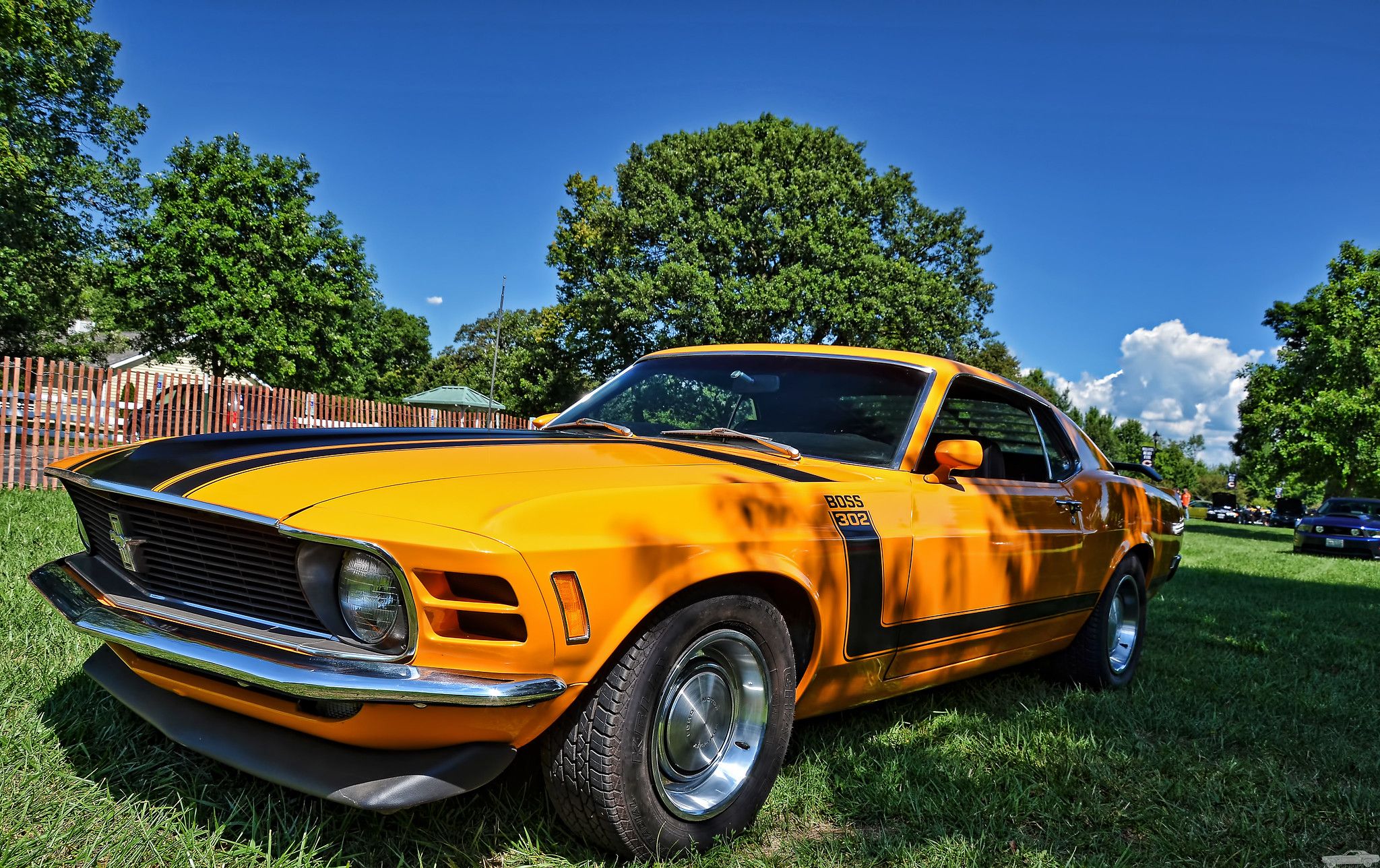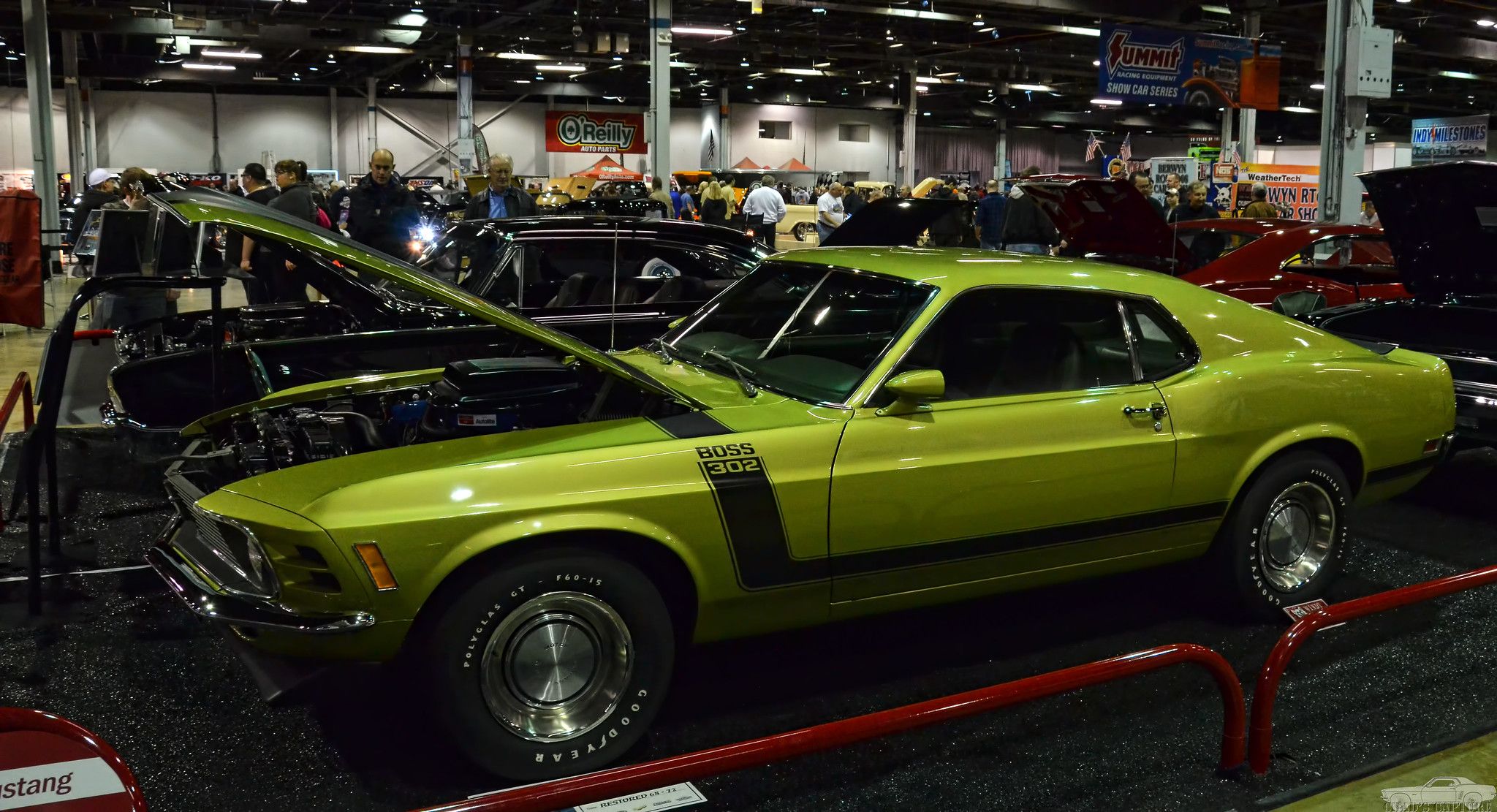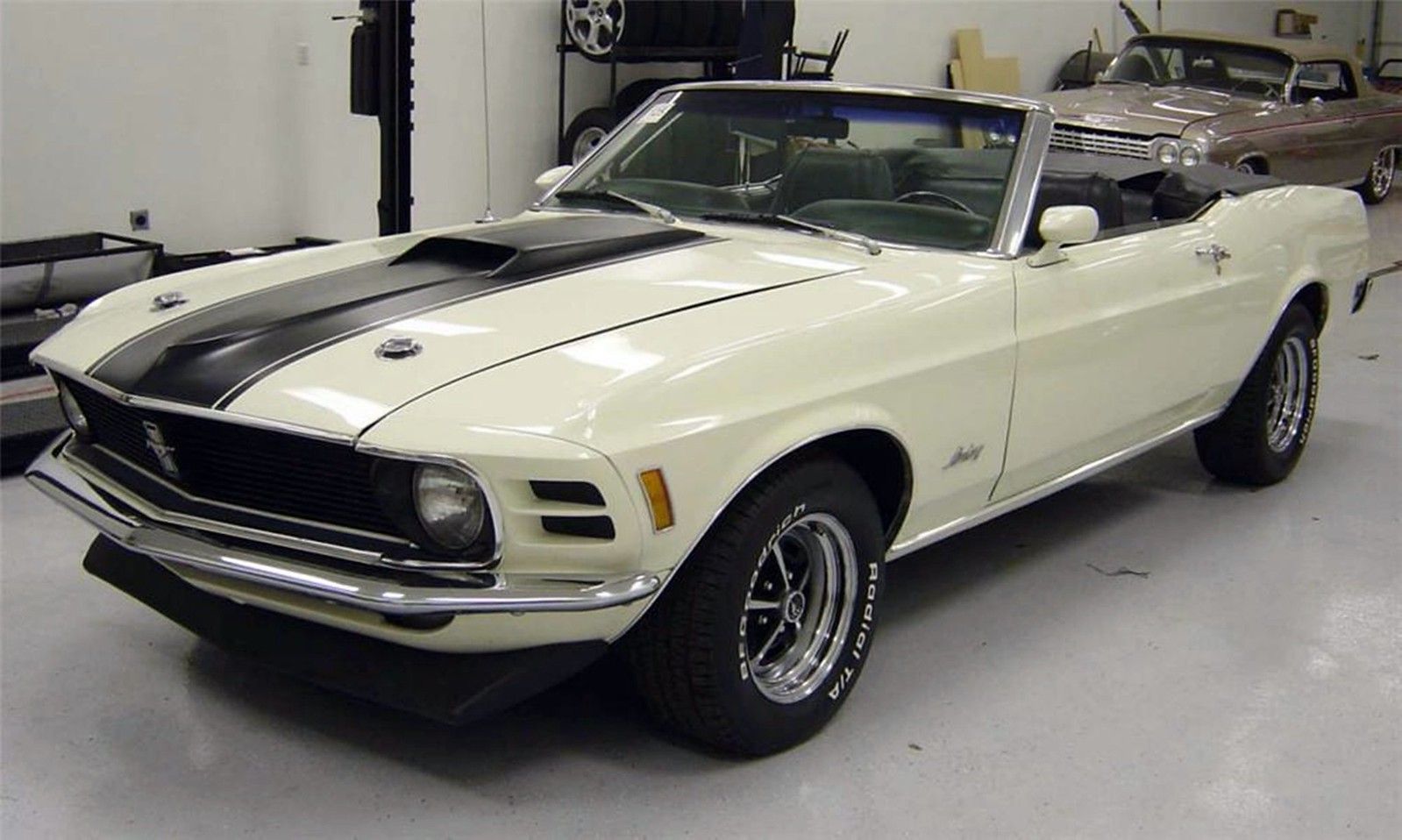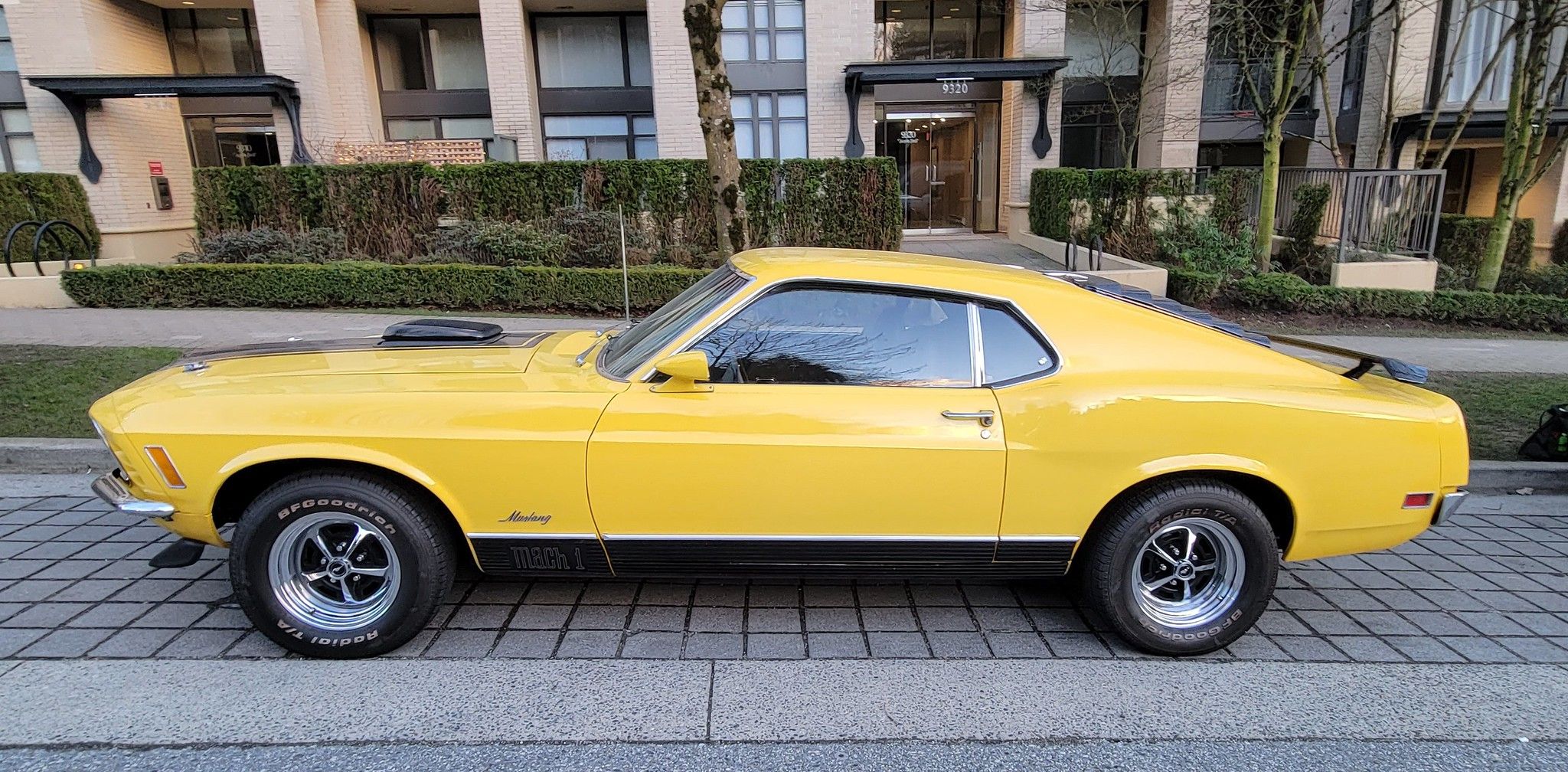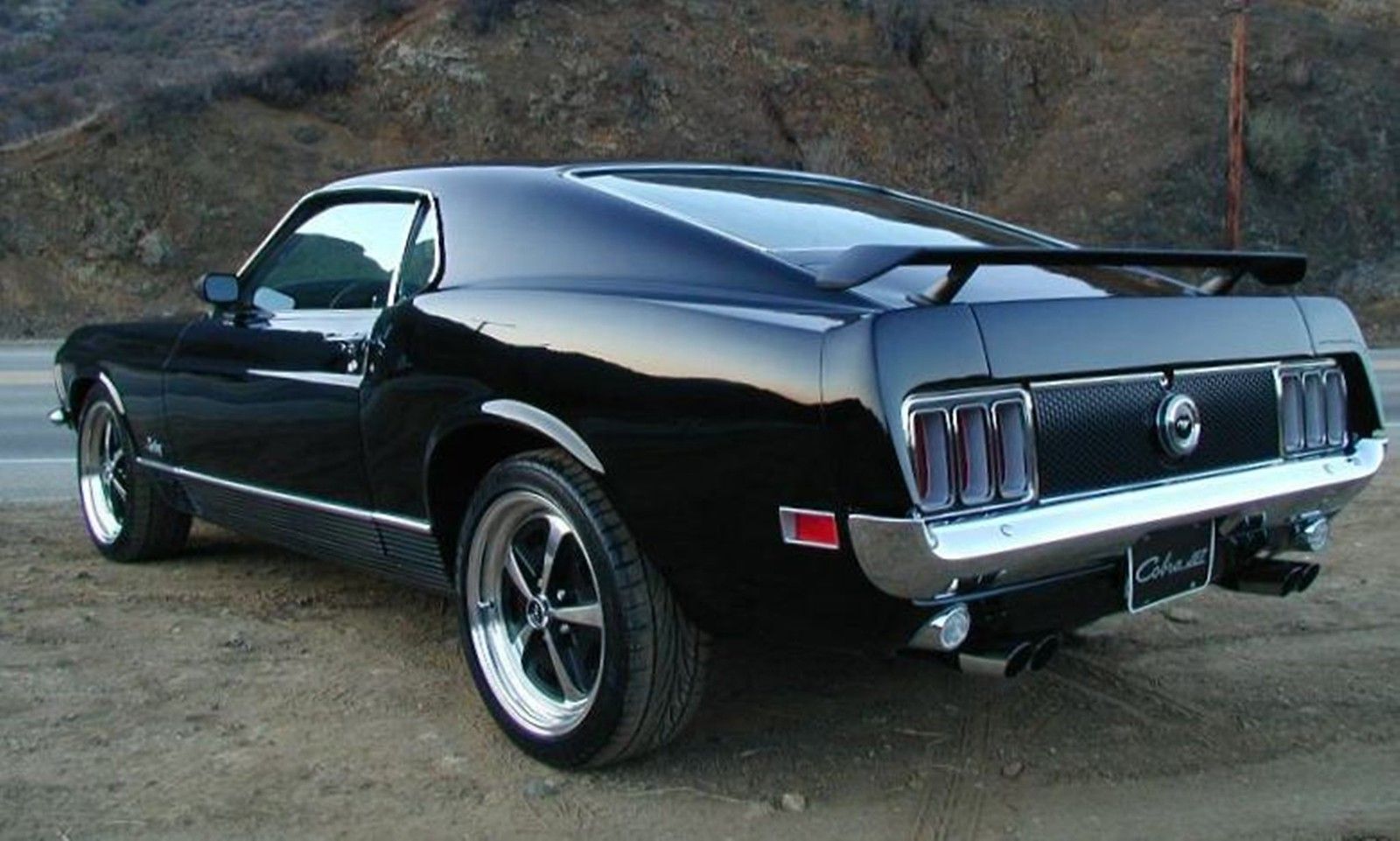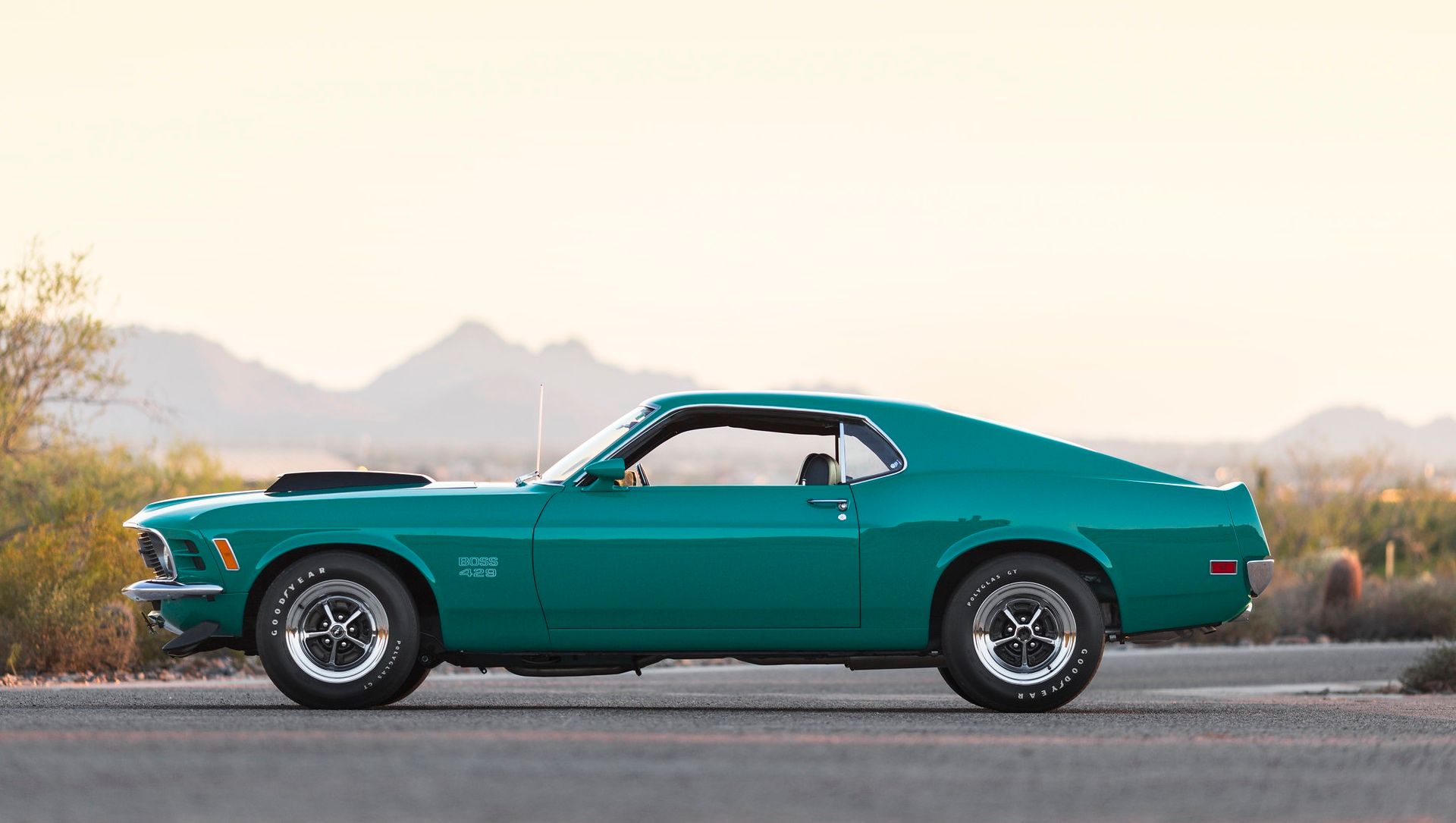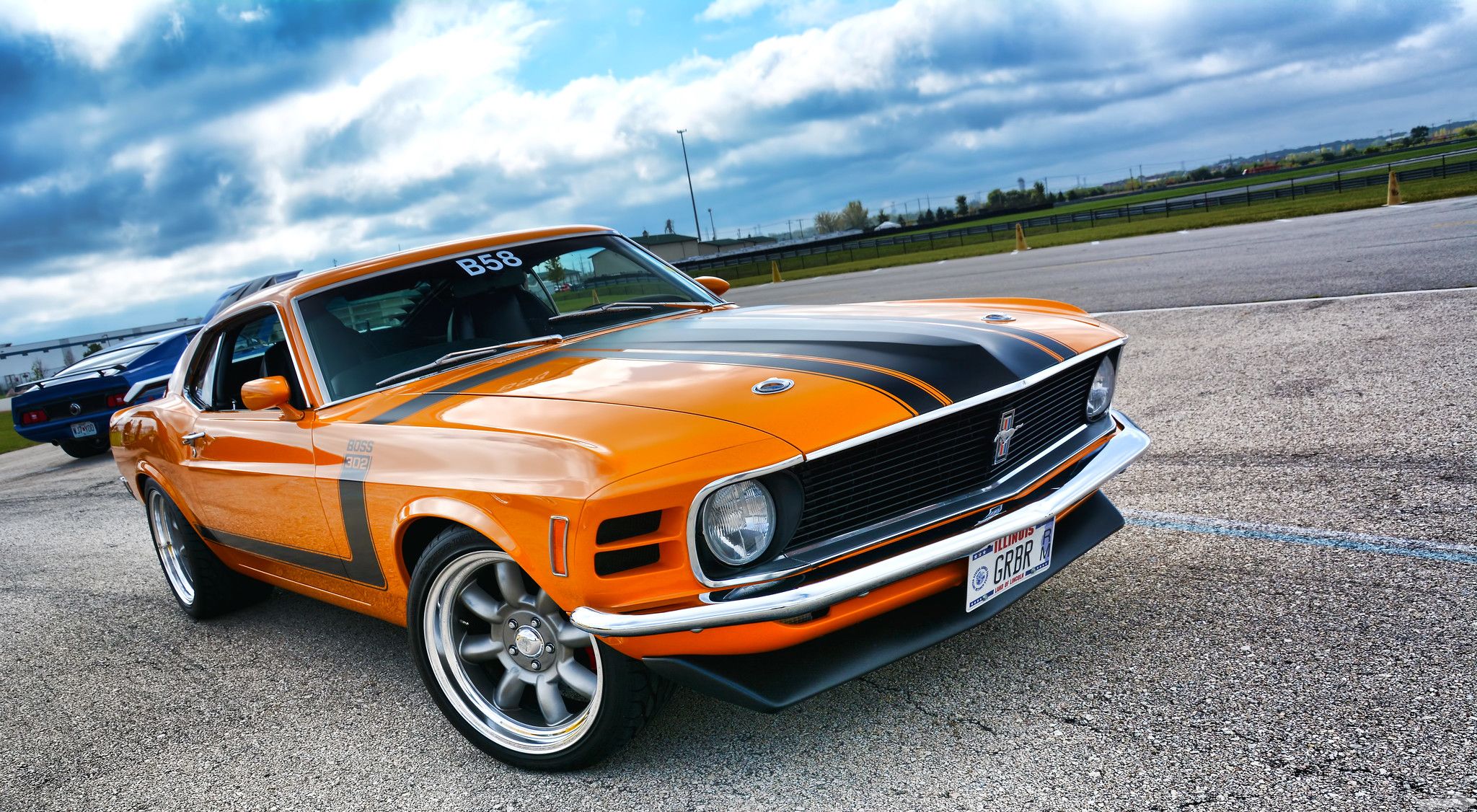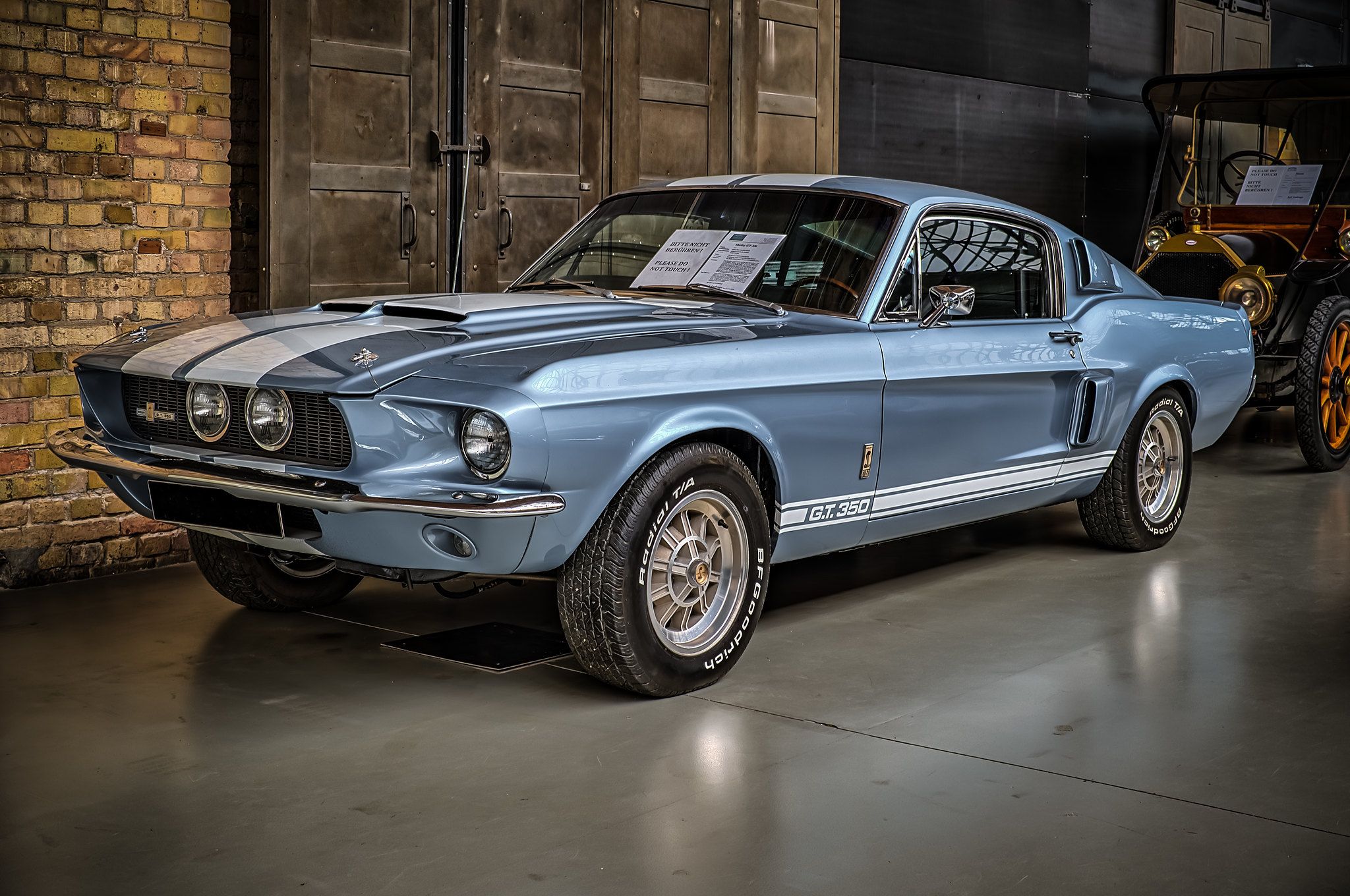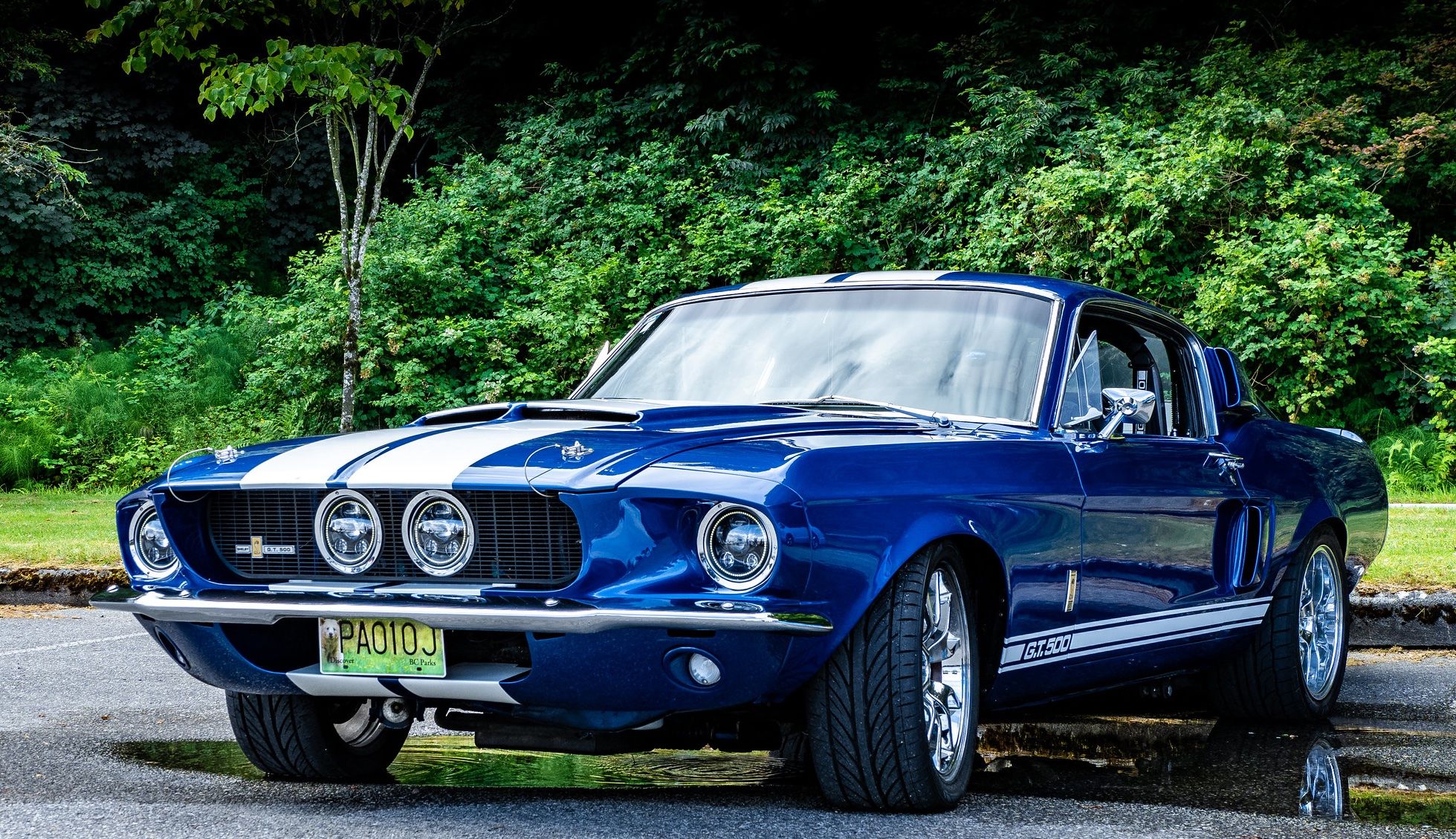By definition, a mustang is a feral horse that is small and lightly built. This small lightly built horse refuses to be domesticated and as such it is the ultimate symbol of rebelliousness. This was the idea that automobile firebrand Lee Iacocca had in mind when he went to the vice president of design at the Ford Motor Company in the early 1960s and said that he wanted the company to develop a small lightly built horse — which is to say a small sports coupe — that would become the symbol of rebels everywhere. Enter the Ford Mustang.
In his General Manager role, Iacocca oversaw the Ford Mustang design project from 1962 to 1965. The design team was given five clear goals. The Mustang must be able to seat four, weigh no more than 2500 pounds, cost no more than $2500, be no longer than 5 meters in length, and be a symbol of power and luxury.
The first generation of Mustangs were produced from 1964 to 1973. These were the original “Pony Cars” (i.e. an enigmatic classification of small American sports cars in the ‘60s and ‘70s). This article is going to focus on one year in particular. It is the 1970 Ford Mustang, that deserves a much closer look. The following are 10 Wild Facts about the 1970 Ford Mustang that will get the sports car enthusiast’s motor running.
10 The 1970 Ford Mustang Engine Line Up Was Stronger than Expected
At the time of the car’s inception, Ford vice president John Naughton said, “The 1970 Mustang comes on stronger than ever before.” Meaning, all prior models of the Mustang from 1964-1969 were somehow weaker and less than the 1970 model. Is Naughton correct in his assessment, or should we just chalk his statement up to simple salesmanship?
It depends on which 1970 Mustang model we are talking about. The hardtop base model of this pony car boasts an underwhelming 210 horses. That being said, some of the 1970 Mustang higher-performance variants produce as much as 500 horsepower. In that case, Naughton’s summation stands.
The majority of ’70 Mustangs had a 5.8L 351 cubic inch V-8 engine. The Mustang Boss 429 variant, however, was equipped with an impressive 7.0L 429 cubic inch V-8. So, in comparison with prior Mustang models, the 1970 Mustang does in fact show off its strength and carve out a significant place for itself among the pack.
9 The 1970 Ford Mustang Design Was Less Aggressive
Ford executives believed that the 1969 Ford Mustang was going to fall short of the company’s sales goals. Some have said that the 1969 model was aggressive looking. The placement of the coupe’s four headlights, combined with the shape of the hood and bumper give, one the impression that the car is angry, as if it is wearing a furrowed brow.
As a result of all this, the 1970 Mustang was designed with a less aggressive aesthetic in the hopes that it would return sales figures to the black. Instead of four headlights, the 1970 Mustang only had two, and they were placed within the grille instead of outside of it like in years prior. At the end of the day however, the ‘69 Mustang went on to be a better seller than its less aggressive, less intimidating successor.
8 What Is The 1970 Ford Mustang Worth?
One of the design goals of the original Mustang project was to create a small sports coupe that would sell for no more than $2500. At the time of its release, the 1970 base model hardtop Mustang had a starting price of $2822. Adjusted for inflation, that is equivalent to just over $20,000 in today’s money. Comparatively speaking, that makes the 1970 Mustang a very affordable automobile.
The problem for car collectors, however, is that the 1970 Mustang has not held its value. Today, the price of a 1970 Mustang is even more affordable than it was when it was first released. On average, the ‘70 hardtop coupe sells for $15,000.
7 1970 Ford Mustang Is Surprisingly Inexpensive
The main reason that the majority of older Mustangs aren’t holding their value is not because of anything wrong with the original Pony Cars. It is because of simple supply and demand economics. The car market is flooded with first-generation Mustangs. The reason for this oversupply is the ever-increasing average age of antique car owners. Combine this with their need to get rid of these vehicles in order to downsize their collections, and its no wonder some of these classic Mustangs have diminishing returns.
6 The 1970 Ford Mustang Can Be A Great Investment
Not all 1970 Mustangs have lost their value over the past fifty years. There are certain models that have proven themselves to be a quality investment. For instance, the high-performance ’69 and ’70 Mustang Boss 302. There were only 6,318 examples produced in 1970, and as everyone knows scarcity often adds value.
When the 1970 Mustang Boss 302 first hit the market, it had a sticker price of $3720. Adjusted for inflation, that puts it around $24,000 in today’s dollars. Nonetheless, if you were to purchase a 1970 Ford Mustang Boss 302 today it would run you around $85,000. That is more than a 300 percent return on investment.
5 What makes the 1970 Ford Mustang Boss 302 So Valuable?
Toward the end of the 1960s, GM was making a name for itself in the new Pony Car segment of the auto industry. As a result, Ford had to step up its game if they wanted to compete with the Chevy Camaro. In the late 60s, Car innovator Larry Shinoda was asked about what project he was working on. Because the project was supposed to be kept secret, Shinoda responded by saying that he was working on “the boss’s car.” Shinoda’s tongue in cheek response caught on, and the high performance Mustang he was working on was indeed dubbed “Boss.”
More than just being able to compete with the Camaro, the Mustang Boss 302 was produced so that it could meet the standards required for the Trans Am Racing Series. The Boss 302 could go from 0-60 in under seven seconds, and its top speed was a respectable 98 mph.
4 The 1970 Mustang Boss 429 is the Ultimate Pony Car
As impressive as the Mustang Boss 302 is, it is its sister car: the Boss 429 that stands above all other Mustang variants of 1970 — in terms of rarity and performance. The starting price for the 1970 Mustang Boss 429 was $4,087. Adjusted for inflation that is $31,689 in today’s dollars. More than nine times that amount, the average Ford Mustang Boss 429 sells for around $286,000. What is more, one 1970 Boss 429 in particular recently sold for $442,000 at auction.
With less than five hundred examples ever produced, the rarity of the Boss 429 is partly why it’s valued so highly by enthusiasts. The other reason it is prized is its power. The Boss 429 is named for the size of its 429 cubic inches V-8 Cobra Jet engine.
All Mustang enthusiasts know that the Boss label signifies rarity and performance. Ford, aware of this fact, brought back the “Boss” label in 2012 and 2013 in an attempt to recapture that glory of days past.
3 The Mach 1 And The Grande Are Mustang Variants Worthy Of Note
The Boss 302 and Boss 429 were not the only 1970 Ford Mustang variants. There are two others worthy of note here: the Mach 1 and the Grande.The former was a higher-performance option package for the 1970 Mustang, and the latter was a “fancy hardtop” with special trim and the same deluxe interior options as the former.
In 1970, the Mach 1 and Grande sold for $3271 and $3028 respectively. Today, the average 1970 Mustang Mach 1 sells for $69,000 and the average 1970 Mustang Grande sells for only $16,000. Despite it being more widely produced, the Mach 1 is clearly a much more valuable automobile than the Grande.
2 What is the Rarest Ford Mustang?
Let us continue our discussion of Mustang rarity here. In total, there were 190,727 1970 Ford Mustangs produced. In terms of the aforementioned variants, nearly 41,000 of them were Mach 1s, 13,000 of them were Grandes, and 6300 of them were Boss 302s. And with less than five hundred produced, the Boss 429 is the rarest 1970 Ford Mustang. The Boss 429, however, is not the rarest Ford Mustang. That claim to fame belongs to the 1967 Ford Shelby GT500 Convertible. Due to extenuating circumstances that had to do with the relationship between Ford and Shelby, only one 1967 Ford Shelby GT500 convertible was ever produced.
1 The 1970 Shelby Mustang is Not Actually a 1970 Mustang
The automotive designer and racing star Carroll Shelby once told a story about his relationship with the Ford Motor Company, saying, “In 1964, when Lee Iacocca said, ‘Shelby, I want you to make a sports car out of the Mustang,’ the first thing I said was, ‘Lee, you can’t make a race horse out of a mule. I don’t want to do it.’ He said, ‘I didn’t ask you to make it; you work for me.’”
It seems paradoxical, but this story shows us why the Shelby-Ford partnership began and also why it ended. Shelby clearly looked down on the Mustang, calling it a “mule,” but Iacocca was a force to be reckoned with, and he didn’t like taking “no” for an answer. This brings us to the 1970 Shelby Mustang.
Oddly enough, all the 1970 Shelby Mustangs were actually 1969 Shelby Mustangs. That is to say, in the summer of 1969, Carroll Shelby officially ended his agreement with the Ford Motor Company. As a result of this change, Ford rebranded all unsold ’69 Shelby Mustangs as 1970 Shelby Mustangs.
The 1969 Shelby Mustang story shows us that 1970 was such a significant year for the Ford Mustang, that even cars made in earlier years tried to join the party.

